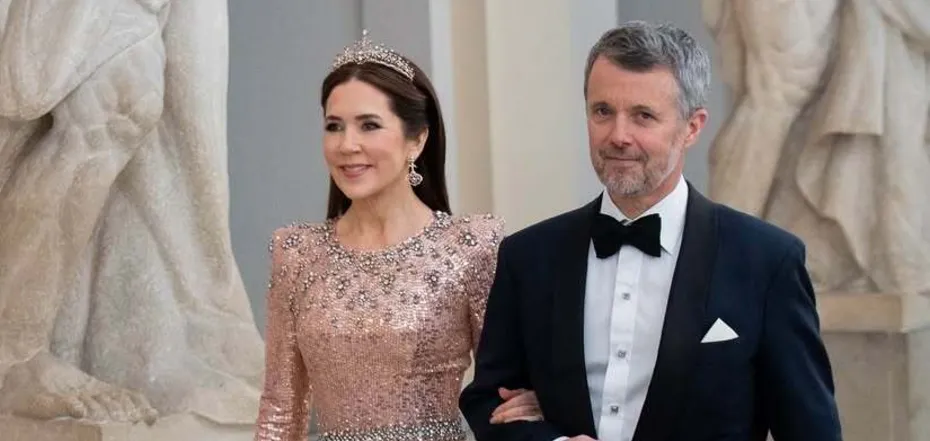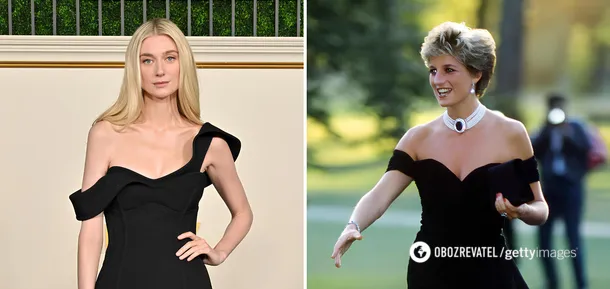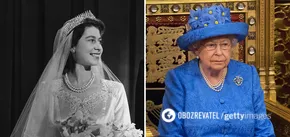Lifestyle
Why everyone in the USSR played chess: how a massive hobby arose
What comes to mind when you hear the phrase "board games"? Probably a colored box with a folding board, cards, chips, and dice. But it wasn't always like that; in the USSR, the main board game was chess, which had almost a cult status.
But where did this tradition come from, and why did it completely disappear, and chess became an entertainment for a few amateurs? OBOZ.UA inquired about the history of the game.
Historians find the first prototype of chess in India and date it to the 5th-6th century AD. The game was called chaturanga. Although games with moving chips around the field were known earlier and appeared in Asia, Africa, and America, they were more often of sacred significance and were often used for divination. Chess came to Europe via modern Spain, which had close contact with the Arab world in the Middle Ages. Soon enough, this interesting game reached Kievan Rus.
However, for a long time chess remained a game for the elite. Only the privileged strata of society had enough time to practice this intellectual pastime. Games were played in coffee shops, secular salons, aristocratic houses, etc.
In the 19th century, at the suggestion of French and English amateurs, chess turned into a full-fledged sport. It quickly gained popularity throughout Europe. Chess textbooks and reference books began to be published, and enthusiasts organized international tournaments.
After the formation of the USSR, the authorities of the newly created state tried to reorganize all spheres of life. This included the introduction of new types of leisure activities. Therefore, in 1924, under the slogan "chess to the masses," it was an order from above that began to popularize the game among the population. The authorities tried to provide intellectual recreation for workers and peasants who were supposedly freed from the oppression of the "bourgeoisie". Chess fit this role perfectly.
In addition, chess united the country. Schools organized chess clubs for children and developed a strategy for special education, the press published chess problems, and radio broadcast games and tournaments, including international ones. It was considered prestigious to have your own chessboard, so almost every Soviet family had one.
The results of this policy bore fruit after World War II. Soviet chess players began to dominate the professional sport, winning more and more titles. Among the men, we can name the names of Mikhail Botvinnik, Alexander Alyokhin, and Yukhym Bogolyubov; among the women, Nona Gaprindashvili, Elizaveta Bykova, and Maya Chiburdanidze stood out. Later, Mikhail Tal, Tigran Petrosyan, Viktor Korchnoi, Anatoly Karpov, and Garry Kasparov became famous.
For a while, chess could compete with football in popularity. In the courtyard of a Soviet high-rise building on a summer evening, you could see the same scene: boys chasing a ball, and older men moving pieces around a chessboard at a table.
Interest in chess in the USSR peaked in the 50s and 60s. The war was in the past, the era of mass television had not yet arrived, and people socialized by playing games and cheering for the players.
Over time, the game's popularity began to decline. A certain surge occurred when online services became available where you could play a game with a computer. For a long time, it was believed that a machine was basically incapable of beating a human in such a complex game. However, the first defeat to a live player was inflicted by the supercomputer IBM in a game against Garry Kasparov on February 10, 1996.
Nowadays, echoes of the Soviet chess craze can be seen in parks in large cities, where older people come to spend some time together at the chessboard. In Kyiv, Shevchenko Park is a place for such meetings.
Subscribe to OBOZ.UA channels in Telegram and Viber to keep up with the latest events.



























